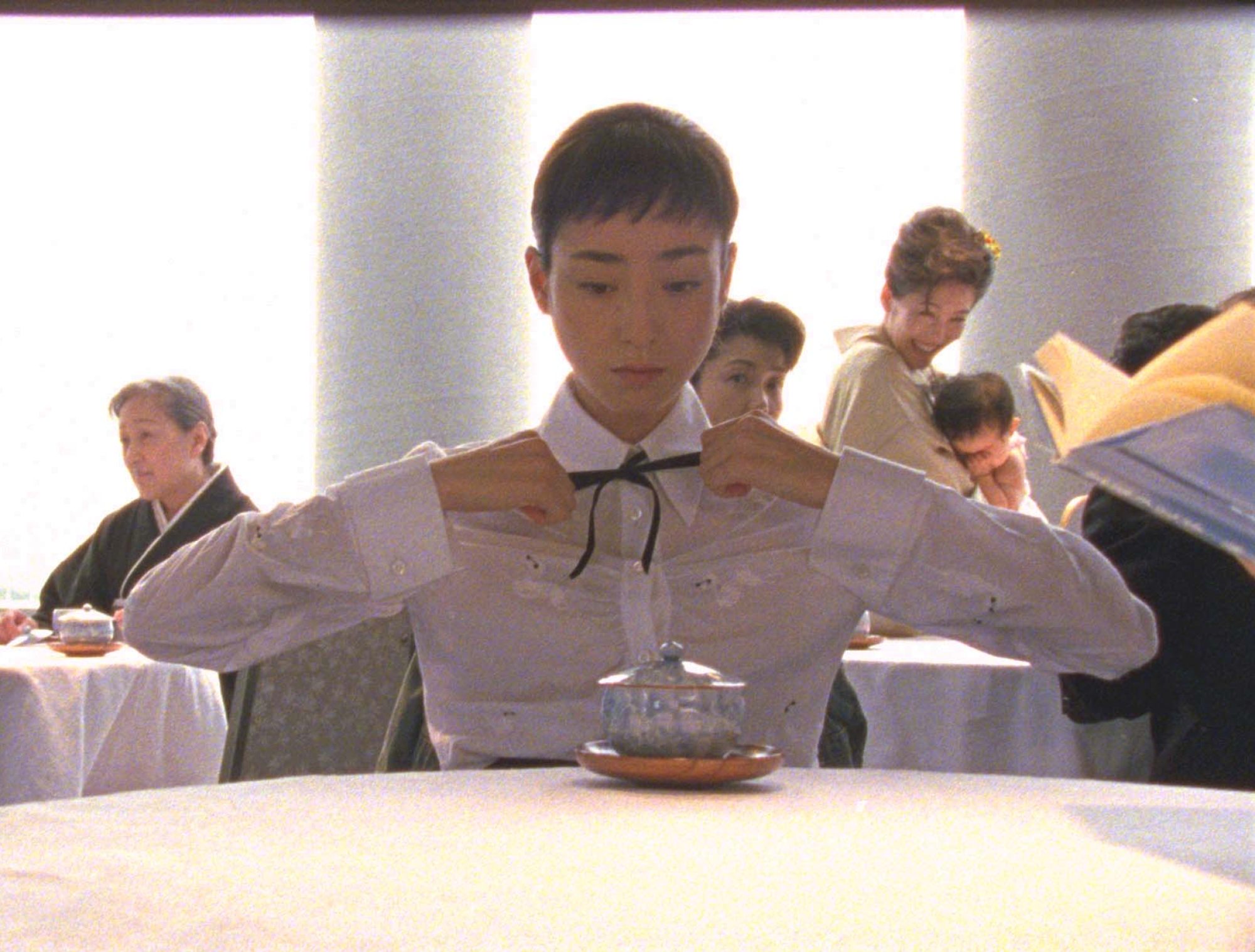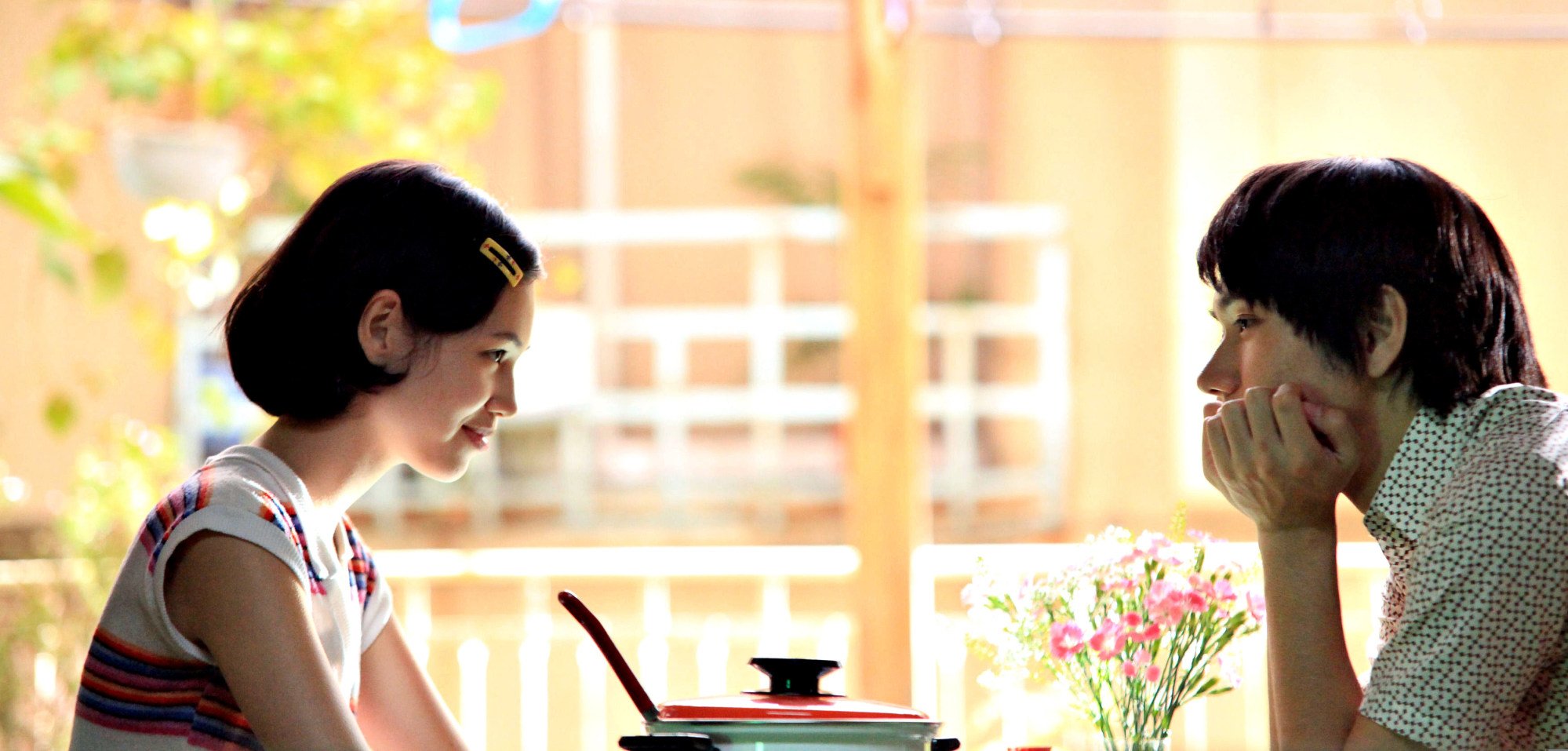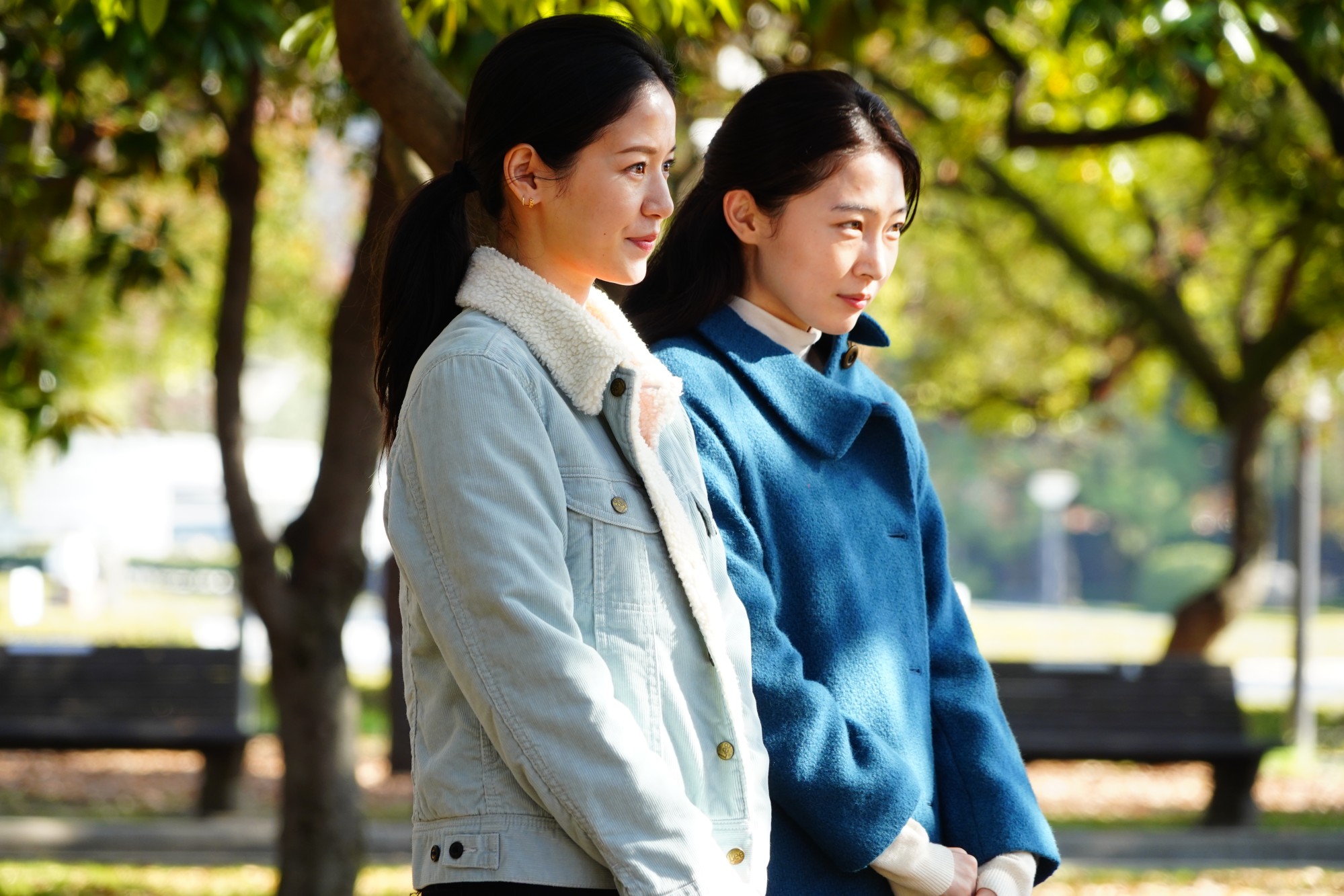
The best movie adaptations of Drive My Car author Haruki Murakami’s works, from Norwegian Wood to Hear the Wind Sing
- Ryusuke Hamaguchi’s adaptation of Murakami’s short story Drive My Car is currently proving a big success on this year’s awards circuit
- Murakami’s most famous work, the novel Norwegian Wood, was brought vibrantly to life in the hands of talented Vietnamese filmmaker Tran Anh Hung in 2010
Arguably Japan’s most internationally celebrated living author, 73-year-old Haruki Murakami has penned more than a dozen novels and countless short stories, which have become runaway bestsellers both at home and around the world.
Murakami’s stories have a tendency to focus on solitary male protagonists who harbour an appreciation for Western music and culture, especially jazz and classic rock ‘n’ roll, and become swept up in whimsical mysteries that often stray into the realm of the fantastic.
Despite his decades of continued success, however, remarkably little of Murakami’s output has been reworked for the big screen. Those adaptations that do exist draw from his short stories more frequently than his novels.
With Ryusuke Hamaguchi’s adaptation Drive My Car currently proving a continued success on the awards circuit, and composer-turned-filmmaker Pierre Foldes’ interpretation of the anthology Blind Willow, Sleeping Woman currently in production, we take a look at the best feature film versions of Murakami’s work currently available.
1. Hear the Wind Sing (directed by Kazuki Omori, 1982)
While Murakami would all but dismiss this 1979 debut novel as immature and flimsy, Omori’s film does an excellent job of capturing the tone and flavour of Murakami’s world view.
How Japan’s Oscar hope Drive My Car is steered by what characters can’t say
The first part in the author’s Trilogy of the Rat, the story is narrated by an unnamed man (played by Kaoru Kobayashi), who reminisces about the summer of 1970, when he returned home to Kobe and is reunited with his friend, Rat (Koichi Makigami).
There’s a definite Taiyozoku sun tribe vibe to the way they wile away their days getting drunk at a local jazz club. Our narrator also begins a relationship with a nine-fingered girl (Kimie Shingyoji) who works at a local record shop.
He yearns for a simple carefree holiday, but is haunted by the memory of a former girlfriend who inexplicably killed herself, as well as the student protests that had consumed Tokyo the previous year.
2. Tony Takitani (dir. Jun Ichikawa, 2004)
Acclaimed director Jun Ichikawa spins this short story about loneliness and obsession into a beautifully understated love story, thanks in large part to the wonderful dual-role performances from Issey Ogata and Rie Miyazawa. Murakami’s short story, written in 1990, first appeared in The New Yorker before being included in the 2006 anthology Blind Willow, Sleeping Woman.
The titular hero is a typical Murakami protagonist: middle-aged, successful, yet lives alone and pines for romance. He meets and marries Miyazawa’s young and beautiful shopaholic, but their happiness is short-lived, and soon enough Tony is alone once again, with only a roomful of luxury clothing for comfort.

Murakami explores the nature of love and attachment, from the filial to the materialistic, which Ichikawa transplants to the screen in pitch-perfect fashion, most memorably during an extended shopping montage, shot entirely from the knees down.
3. Norwegian Wood (dir. Tran Anh Hung, 2010)
Controversially, the film chooses to focus on the central love triangle at the expense of the unfolding student revolution, which now provides little more than a period-specific backdrop for the tragic romance. Anh also removes the novel’s nostalgia-fuelled flashback framing device, in effect rendering The Beatles’ eponymous pop ballad all but redundant.

Despite these changes, the film remains a heart-wrenching story of love and loss, in which the elements themselves play a crucial role in dramatising the romantic struggle of young Toru (Matsuyama) as he is forced to choose between his girlfriend (Kikuchi) whose mental health is in free fall, and his new-found yearnings for the beautiful Midori (Mizuhara).
4. Hanalei Bay (dir. Daishi Matsunaga, 2018)
Filmed on location in Hawaii, this 2018 adaptation from Murakami’s 2005 short story (also published in Blind Willow, Sleeping Woman) follows Sachi (Yo Yoshida) as she travels to the island to identify her dead teenage son, who was killed in a shark attack while surfing.
Already a widow, Sachi returns to Hanalei Bay every year on the anniversary of her son’s death, unable to find peace following his demise. Ten years later, she befriends two young Japanese surfers, who tell her about a one-legged surfer who lives on the island.
Asia’s top 10 contenders for 2022’s best international film Oscar
While not especially memorable, Matsunaga’s film is unique in bringing to life one of Murakami’s few female protagonists. Sachi retains a number of character traits recurrent throughout his work, yet her maternal instincts and complicated feelings towards her son – mirrored somewhat in Maggie Gyllenhaal’s The Lost Daughter – are emphatically brought to bear by Yoshida’s quietly tragic performance.
5. Burning (dir. Lee Chang-dong, 2018)
Transplanting the action from Japan to South Korea, Lee Chang-dong reconfigures Murakami’s 1983 short story Barn Burning into a riveting social drama about malaise and discontent that stretches across the country’s yawning poverty line.
The story’s married protagonist is reimagined as Yoo Ah-in’s young slacker Jong-su, who reconnects with old school friend Hae-mi (played by astonishing newcomer Jeon Jong-seo) shortly before she leaves for a trip to Africa, only to return with a new boyfriend, the rich and worldly Ben (Steven Yeun).

As this unlikely trio spends more time together, Ben’s apathy for society comes increasingly to the fore, which manifests in bizarre acts of rural arson. The film bristles with an unsettling air of pent-up frustration that grows increasingly suffocating as it builds towards an explosive and violent climax, while every moment captures Murakami’s wistful sense of casual voyeurism and emotional disconnect from daily life.
Drive My Car (dir. Ryusuke Hamaguchi, 2021)
There seems to be no stopping Hamaguchi’s three-hour meditation on grief and resolution from becoming the international champion of this award season.
Drive My Car was originally conceived as another South Korean adaptation of a Murakami short story (this time from the 2017 anthology Men Without Women), but Covid-19 restrictions forced the production to relocate. That didn’t stop the writer-director from expanding on the source material and transplanting much of the action from Tokyo to Hiroshima.
Hidetoshi Nishijima (who incidentally provided the narration for Ichikawa’s Tony Takitani) plays a celebrated theatre director mourning the death of his unfaithful wife, who travels to Hiroshima to curate an arts festival. There he is assigned a young female driver (Toko Miura) who has no interest in theatre or his celebrity status, but over time they develop a mutually cathartic friendship.

As with many Murakami tales, the story nurtures an appreciation for Western art, in this case Chekov’s Uncle Vanya, and draws some fascinating parallels with the protagonist’s own journey of forgiveness and reconciliation.

